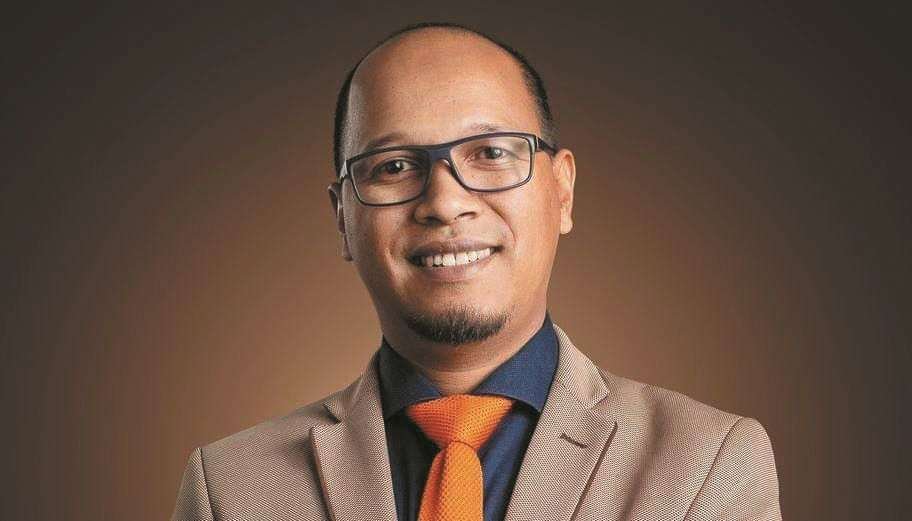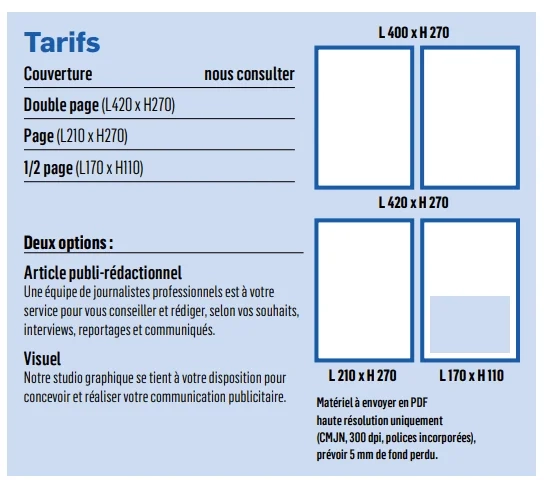
Interview with Andry Ramaroson, Director General of Energy and Hydrocarbons, a sector on which all key sectors depend of economic emergence.
Energy for All is one of the cornerstones of the Emergence Plan. What progress has been made?
Velirano No. 2 of His Excellency Mr. Andry Nirina Rajoelina, President of the Republic of Madagascar, is to double our production capacity. Technically, this can be interpreted in two different ways, but they remain complementary. Indeed, if we were at approximately 400 MW of operational power plants in 2018, we should be at 800 MW in 2023. Here, we are talking about the operational installed capacity. In this same vision, if we were at approximately 1500 GWh of energy consumed per year, we should be at 3000 GWh in 2023.
To achieve this, there are five actions to be carried out simultaneously, namely: the hybridization of all thermal power plants; the installation of solar power plants on regional networks; the installation of large-scale solar power plants on interconnected networks; mini-hydro in the regions; structuring hydroelectricity in interconnected networks.
Generally speaking, we have two major players in this sector: Jirama, which is a state-owned company responsible for urban and suburban cities, and then ADER, or the Rural Electrification Agency. As its name suggests, it is not a company; it is an agency whose role is to promote electrification in rural areas.
What concrete progress?
We will answer this question on two different subjects, Jirama and ADER.
At the end of 2018, Jirama had several major issues to address: load shedding, debts, and the dilapidated state of all infrastructure, especially in the distribution networks. As we speak, we have reduced the load shedding problem by 85%. This is concrete. At the end of 2020, we went from 1,870 billion ariary of debt to 903 billion. This is thanks to the renegotiations of large thermal contracts, which we considered almost unreasonable.
Since 2020, Jirama has spent between 100 and 200 million ariary per week to resolve the technical problem of the distribution networks.
In terms of tangible or visual aspects, the hybridization of large thermal power plants in all provinces has taken place. Indeed, in Toamasina, where the need is 20 MW, 2 MW of solar power are already operational. The rest will be built this year. In Toliary, 10 MW are already operational, and this fully covers local needs, at least for the next three to five years. In Mahajanga, 1.2 MW has just been inaugurated, out of a total of 12 MW that will be operational this year. In Antsiranana, the solar power plant is under construction.
It should be noted that hybridization increases the installed power and not the energy supplied. However, it contributes significantly to improving Jirama's financial health. Thus, several medium-sized sites are also in progress, namely: Morondava, Antalaha, Sambava, Andapa, Vohémar, Ambositra, Belo Tsiribihina, Mahabo, Betioky south, Bezaha, Manja, Ihosy, Sakaraha, Ranohira, Maintirano, Brickaville, Bealanana, Miandrivazo, Bekily, Ankazobe, Ampanihy, Manja, Antsirabe north, Mitsinjo, Morafenobe, Soalala, Antsalova, Ambatondrazaka, Andilamena, Amparafaravola, Anosibe an'Ala, Tanambe, Ambovombe, Ankazoabo, Nosy Be, Ste Marie, Mananara Nord, Foulpointe, Vatomandry, Soanierana Ivongo, Fianarantsoa, Ambilobe, Manakara, Fénérive Est, Farafangana, Tsiroanomandidy, Marovoay, Mahanoro, Vatomandry, Vangaindrano, Vavatenina, Vohipeno, Antanambao Manampotsy, Besalampy, Nosy Varika, Marolambo, Antsalova, Antsohihy, Mampikony, Port Bergé, Maevatanana, Ambanja, Anivorano north, Anahidrano, Befandriana north, Ankadinondry Sakay, Amboasary south, Ambato Boeny, Analalava, Tsaratanana, Mandritsara, Mananjary.
It should be noted that 75% of these hybridization sites fall within the framework of the PPP, in other words IPP, it is a Private Operator who has the energy supply contract and Jirama remains the buyer and Distributor.
Now, the rest is to be credited under the ADER account. These are mini-hydro projects like the case of Androkabe 1.2 MW, Alaotra Mangoro region, which is already operational, the MADO Project of the same size on the Interconnected Networks of Antananarivo, the PHEDER Project on Amoron'i Mania, still in the same power. The list is long for small powers between 10 and 100 kW, in solar thermal hybrid or strong solar like the case of Sarobaratra or even in mini-hydro.
The Ministry has equipped several cities with 4,700 solar street lights. This will improve lighting in these cities and reduce energy consumption. Similarly, more than 5,000 SHS (Solar Home System) solar kits have been provided to vulnerable rural households. Twenty-nine hospitals have benefited from a small 10 kW three-phase solar power plant.
What place will renewable energies occupy?
Still within the framework of Velirano No. 2, the PRM insists on the development of renewable energy sources and on the tariffs to be applied which must correspond to the purchasing power of the population.
It should be noted that more than 70% of Madagascar's electricity production in 2018 was of fossil origin. Not only is this expensive, but it also pollutes the environment. This situation severely penalizes Jirama, but also the State, the population, and the professional sector, particularly industry.
The goal is to reverse this situation; by the end of 2023, more than 50% of our production facilities will have to be from renewable sources. Moreover, the Codelec currently in force prioritizes the use of green energy to the detriment of other sources, especially fuel.
What opportunities are available to investors in the energy sector?
Not all of these projects are funded or implemented by the state. Most even fall within the PPP framework. Steps have been taken, but much remains to be completed and implemented. The Codelec currently in force clarifies several gray areas regarding the concept of renewable energy and encourages PPPs to move forward.
The Ministry remains very open to any operator interested in investing in Madagascar. It will play its role as a Ministry well, but it will also support each Operator to better manage the problems or misunderstandings they will face. The Ministry is the driving force.



















 A Seat That Transforms into a Bed
A Seat That Transforms into a Bed  In the world of air travel, economy class is often considered the most affordable option. However, at Air Afrika, we believe that affordability shouldn't mean compromising on quality of service. Our class
In the world of air travel, economy class is often considered the most affordable option. However, at Air Afrika, we believe that affordability shouldn't mean compromising on quality of service. Our class






